Google Demand Gen Ads combine advanced AI with visually-focused platforms like YouTube, Discover, and Gmail to create highly targeted, engaging ads. These ads are ideal for businesses aiming to boost conversions and lower costs while reaching specific audience segments.
Key Highlights:
- Higher Performance: 3x higher CTR than paid social, 61% lower CPA.
- Targeted Approach: Focuses on specific audience segments using first-party data and AI.
- Platforms: Optimised for visual platforms like YouTube Shorts, Discover Feed, and Gmail.
- Creative Flexibility: Supports interactive visuals and short videos for better engagement.
- Bidding Strategies: Options include Maximise Conversions, Target ROAS, and Target CPA.
Quick Comparison:
| Feature | Demand Gen Ads | Performance Max | Traditional Display |
|---|---|---|---|
| Targeting | Specific audience | Broad AI-driven | Basic demographics |
| Platforms | Visual-focused | All Google channels | Display Network only |
| Creative Format | Interactive & immersive | Multiple formats | Standard banners |
| AI Optimisation | Advanced creative focus | General optimisation | Basic optimisation |
Demand Gen Ads are perfect for B2C, e-commerce, and SaaS industries looking to increase visibility, drive conversions, and build customer relationships. Start by setting up conversion tracking, leveraging AI for creative testing, and monitoring key metrics like Brand Lift and Conversion Lift for success.
Campaign Setup Steps
After defining your audience based on past successes, the next step is executing the technical setup.
Setup Requirements
Start by installing Google Ads conversion tracking with enhanced measurement, especially if you’re running an e-commerce site.
Audience Layering
If you have it available, use your first-party data to aim for high post-view action rates, similar to the 90% benchmark achieved by top campaigns. Build targeted audience segments with these methods:
- Upload customer lists and enable optimised targeting to expand your reach.
- Create custom intent audiences by including relevant search terms.
- Add in-market segments to connect with active buyers ready to make a purchase.
Choosing Bid Methods
Pick the right bidding strategy to align with your campaign goals. Here’s a quick guide:
| Bidding Strategy | Best Use Case |
|---|---|
| Maximise Conversions | Ideal for new campaigns |
| Target ROAS | Focused on revenue goals |
| Target CPA | For controlling lead costs |
| Maximise Clicks | Best for top-funnel awareness |
Once you’ve gathered enough conversion data, consider switching to Target ROAS or Target CPA for more precise campaign management.
Ad Asset Creation
Once audiences are defined and bidding strategies are in place, the next step is creating platform-specific ad assets designed to drive conversions.
Using AI for Testing
Google’s AI testing tools evaluate various combinations of ad elements to find what works best. Here’s how it breaks down:
| Asset Type | Maximum Allowed | Tips for Success |
|---|---|---|
| Images | 20 | Use high-quality, lifestyle-oriented visuals |
| Videos | 5 | Stick to 15-30 seconds, vertical format |
| Headlines | 5 | Write clear, benefit-focused copy |
| Descriptions | 5 | Highlight concise value points |
The AI system learns from user behavior, prioritising the combinations that perform best and adjusting their display frequency accordingly.
Designing for Each Platform
It’s crucial to customise your assets for each platform to maximise engagement.
YouTube Shorts Assets
Use vertical videos (9:16) with an attention-grabbing hook in the first three seconds. For videos under 15 seconds, include branding right away. Research shows that 32% of consumers make unplanned purchases through Google feeds.
Discover Feed Assets
Create images that blend seamlessly with organic content but still convey a clear commercial message. Headlines should be under 40 characters, and visuals should match the personal, lifestyle-oriented feel of the feed.
Performance Tracking
Once your ad assets are ready, it’s time to monitor key metrics to fine-tune your campaign’s performance.
Main Success Metrics
Here are three crucial metrics to keep an eye on for Demand Gen campaigns:
| Metric Type | What It Measures | Why It Matters |
|---|---|---|
| Brand Lift | Changes in brand awareness and perception | Helps gauge how ads enhance brand recognition |
| Search Lift | Growth in brand-related searches | Reflects increasing interest and intent |
| Conversion Lift | Actions driven by ad views | Shows a direct impact on your bottom line |
These metrics guide your approach to optimising campaigns.
Audience Results Review
Analysing how different audience segments respond to your campaigns is essential. This helps you understand what’s working and what isn’t across various groups. Pay attention to:
- Segment Comparison: Evaluate how different audience groups perform against your key performance indicators (KPIs).
- Engagement Patterns: Identify which creative elements resonate with specific segments.
- Conversion Paths: Track how different audiences navigate through your funnel. For instance, the ASOS case study highlights how targeted analysis can reveal these patterns.
Campaign Updates
When performance data signals the need for adjustments, focus on these areas:
- Creative Optimisation: Use Brand Lift data to pinpoint which messages connect best with your audience. If awareness is high but conversions lag, consider adding more bottom-funnel content to drive action.
- Audience Refinement: Start with “Narrow” targeting for Lookalike Audiences. Gradually expand to “Balanced” or “Broad” as you gather performance data.
- Bidding Strategy Adjustments: Align your bidding approach with specific goals for each stage of the funnel.
Marketing Plan Integration
Once you’ve optimised your campaigns through performance tracking, it’s time to weave Demand Gen Ads into your overall marketing strategy. Here’s how:
Budget Planning
Plan your budget wisely to maximise impact at different stages:
| Stage | Budget % | Focus |
|---|---|---|
| Product Launch | 30-40% | Building brand awareness, market entry |
| Growth | 20-25% | Retargeting and driving consideration |
| Maturity | 15-20% | Strengthening brand presence |
| Seasonal Peaks | +10-15% | Boosting visibility during key periods |
Revisit and tweak these allocations weekly based on performance metrics. Tie this process back to the bidding strategies outlined earlier in Campaign Setup Steps. A good starting point: 25% Demand Gen, 35% search, 25% social, and 15% email.
Multi-Channel Marketing
To create a seamless experience for your customers, integrate Demand Gen Ads with your other marketing channels. Here’s how:
Cross-Channel Tracking: Use Google Analytics 4 to track user behavior and see how Demand Gen Ads contribute to conversions across other platforms.
Content Synchronisation: Keep your messaging consistent across all channels, but fine-tune it for each platform’s unique strengths.
Sequential Targeting: Build audience segments based on how users interact with Demand Gen Ads. Then, use this data to craft more precise campaigns on other channels. This method has delivered results like a 61% lower cost-per-action compared to older approaches.

